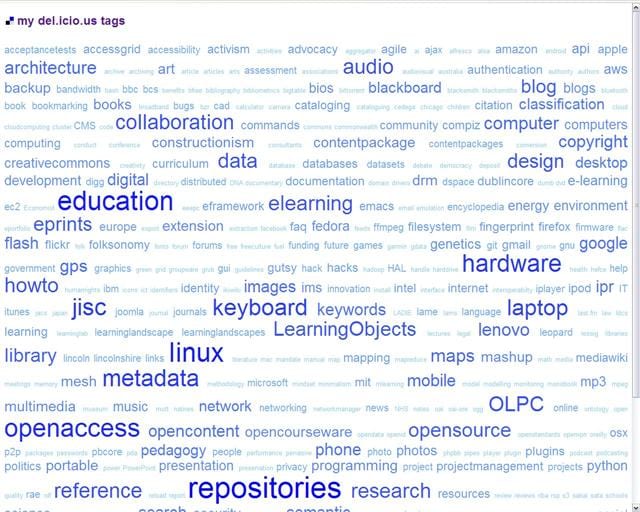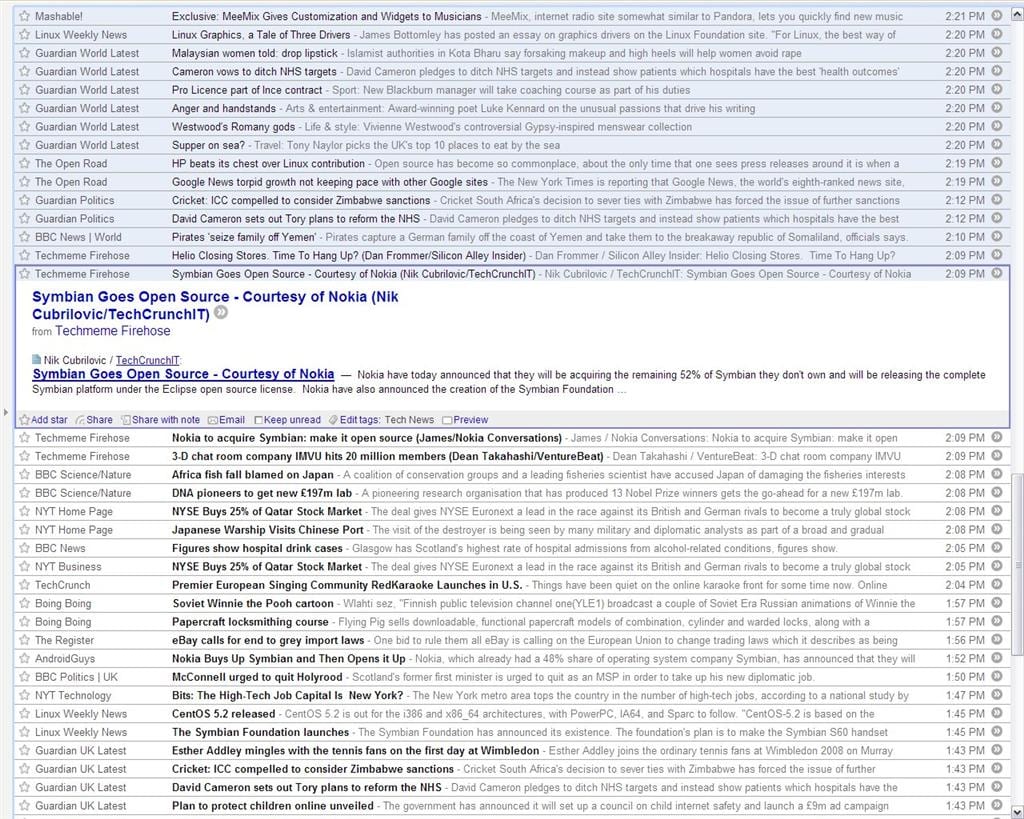 Following their predictions in January, the Web Trend Map 3 from Information Architects, offers an interesting overview of the 300 most influential websites, illustrated along the lines of the Tokyo train map.
Following their predictions in January, the Web Trend Map 3 from Information Architects, offers an interesting overview of the 300 most influential websites, illustrated along the lines of the Tokyo train map.
To get the full picture you need to either view the PDF or buy the poster. Cast your eye over the PDF and you’ll see that among the big names that stand out are Yahoo!, MSN, Google, Wikipedia, Amazon, YouTube, eBay, WordPress and Friendster. No real surprises there.
The layout is meaningful in that the train lines correspond to different web trends and Google sits in the centre because it is “slowly becoming a metaphor of the Internet itself”. Each of the 300 sites occupy different train stations in Tokyo, depending on the current status they’re deemed to have. The cool sites can be seen in cool parts of Tokyo and likewise the boring sites (i.e. Facebook) have been moved to the boring areas of the city. The creators are clearly having fun at times, too. Yahoo News, for example, is located in Sugamo, where old ladies go shopping, because Yahoo News “recently hijacked the online advertisement revenue of around 250 local newspapers and locked them into a binding contract. Who reads local news? Old people.”
Despite the sarcasm, it is a genuinely useful and interesting illustration of who the players are on the web and what spaces they dominate. There are also two forecast and branding plates which, as the names suggest, illustrate where the weather is turning for some sites and how certain brands are resonating with users.
It’s good to see WordPress being in the centre of it all; an open source product (which the Learning Lab runs on), not far from the centre of everything, located between the Google Vatican and the News district, on the Technology and Social Networking lines. The popularity of WordPress is no doubt due to it’s focus on usability and good presentation but also because as an open source product, it attracts a large developer community who write plugins to extend the basic functionality of the blogging platform, making it attractive to people who want their blog to integrate with sites like Facebook, Bebo, YouTube, Flickr and Twitter. WordPress leverage this voluntary manpower by enhancing their commercial product. Integration between sites is key as each compete for our time so it’s not surprising that dataportability.org, despite being a recent initiative, sits in the Brains district among all the big players.
The DataPortability Project is a group created to promote the idea that individuals have control over their data by determing how they can use it and who can use it. This includes access to data that is under the control of another entity.
In practice, this means that we should expect to be able to login to WordPress, select images from our Flickr account and publish them in a blog to Facebook, painlessly and securely. Web applications, including those sold to the Education market, that inhibit the secure but effortless portability of data are digging themselves into a hole.








